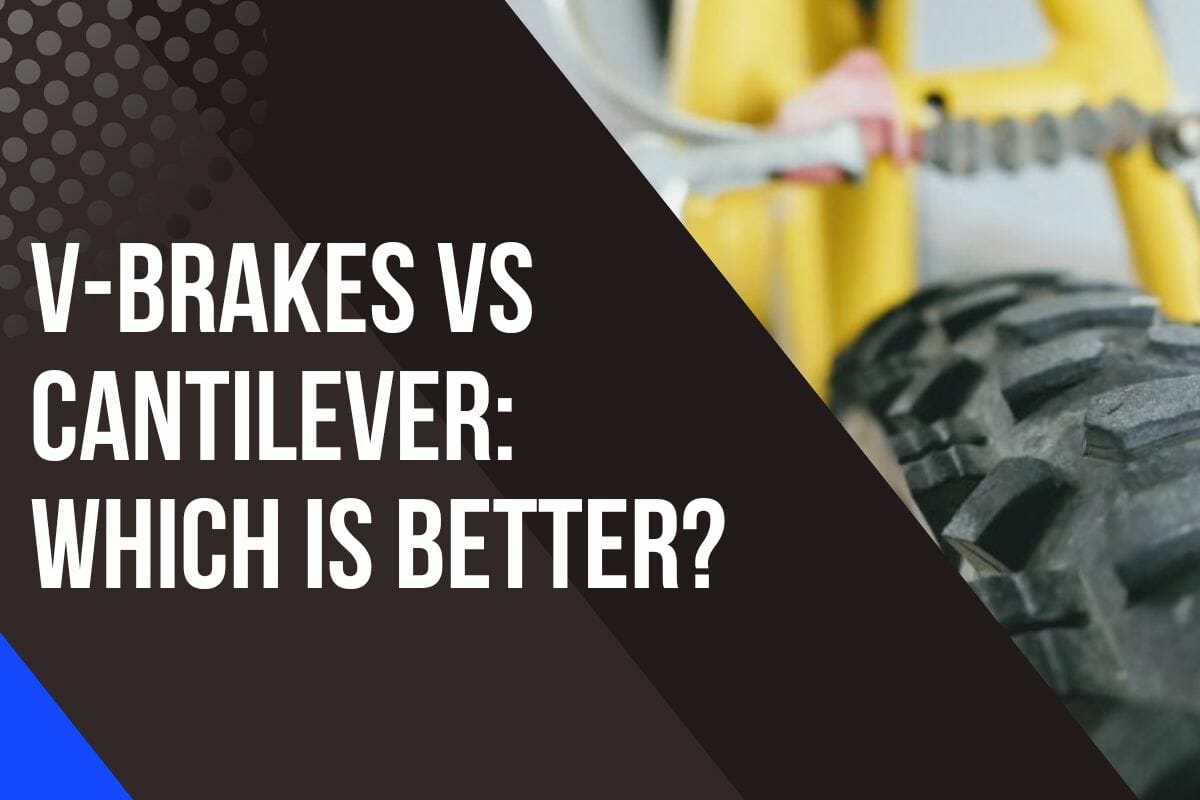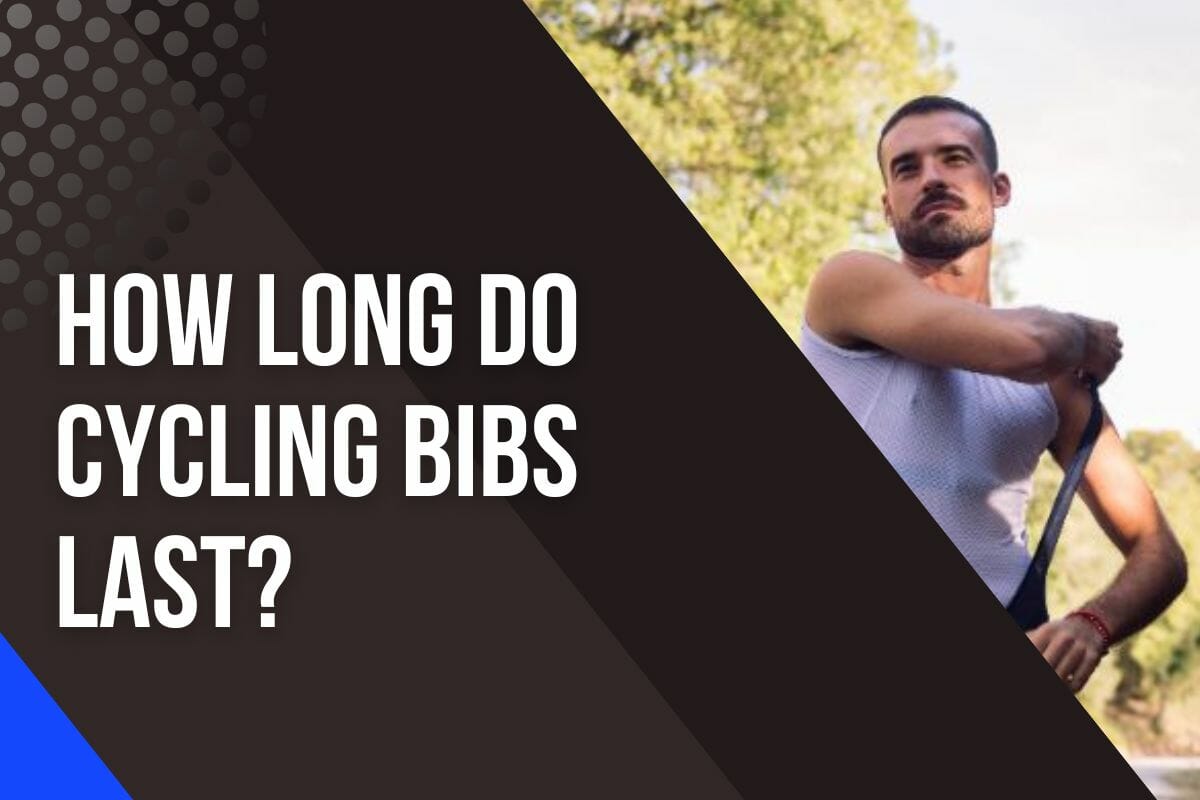Can I Use A Horse Riding Helmet For Cycling?

Have you ever been in a situation where you need a helmet but don’t have the right one? Maybe you’re a cyclist and all you have is a horse-riding helmet.
While helmets are designed for specific activities, some people believe that a helmet is a helmet and can be used interchangeably.
But is that really the case?
It is not recommended to use a horse-riding helmet for cycling. But why?
In this article, we’ll explore why it’s not safe to use a horse-riding helmet for cycling and what the potential risks may be.
What Is The Reason Behind Cycling Helmet’s Shape?
Bike helmets have come a long way since the introduction of cycling in the 1890s.
The main goal of a bike helmet is to protect one’s head in case of a crash or impact, and so every aspect of its design is geared toward that functionality.
Cycling helmets are also designed with airflow ventilation and aerodynamic design for improved comfort and performance.
It is composed of a hard, outer shell and a soft liner inside, which disperse and absorb impact force respectively.

This ensures that if you experience an accident while riding, your skull won’t take all the brunt as it is spread out over a broad area and absorbed partly by the liner.
These days, helmets are designed to be comfortable as well as protective.
There are different sizes for both men and women, various options for colored shells (usually donned with decals from biking companies), and specialized helmet padding to make sure you’re comfortable no matter what type of terrain you may be traversing.
Riding without a helmet can obviously put you at risk so ensure that your helmet fits properly before heading out on any ride!
Switch It Up: Can You Use Horse Riding Helmets For Cycling?
It is not recommended to use a horse-riding helmet for cycling.
Horse riding helmets are built to endure much stronger impacts, like falling from a great height or receiving a kick to the head, while cyclists are usually much closer to the ground.
On the other hand, bike helmets are specifically designed to shield the top and front areas of the head, as most bicycle falls happen in a forward direction.

Horse riding helmets provide more coverage for the lower back of your head, while bike helmets focus on offering better protection for frontal and side impacts.
Thus, it’s always a smarter choice to wear a cycling-specific helmet when biking.
Main Differences Between A Bike Helmet And A Horse Riding Helmet
Let’s take a moment to delve into the distinctions between bike and horse-riding helmets before we go any further.
This will provide us with a comprehensive understanding of the advantages and disadvantages of wearing each helmet type.
A bike helmet and a horse riding helmet have different designs, safety features, and purposes due to the nature of the activities they are meant for.
Here are five primary contrasts between these protective headgears.
1. Design
Bike helmets are usually lightweight, with plenty of ventilation and an aerodynamic design.
They often have an adjustable fit system to ensure a secure and comfortable fit.
Horse riding helmets, on the other hand, have a more traditional design, with a hard shell and a peak or visor at the front.
They are usually well-padded and have fewer ventilation holes than bike helmets.

2. Safety Standards
Bike helmets and horse riding helmets are subject to different safety standards and certifications.
Bike helmets must meet specific safety standards, such as the CPSC (Consumer Product Safety Commission) in the United States or the EN 1078 in Europe.
Horse riding helmets must meet different safety standards, such as the ASTM F1163 in the United States or the PAS 015 in the United Kingdom.
3. Impact Protection
Bike helmets are designed to protect the head from impacts typically encountered in cycling accidents, which often involve high-speed collisions with the ground or other objects.
They are usually made from expanded polystyrene (EPS) foam, which absorbs shock upon impact.
Horse riding helmets are designed to protect the head from falls and kick from horses, which can generate significant force.
They often have a thicker shell and padding to provide better protection from these types of impacts.

4. Chin Strap
Bike helmets usually have a simple buckle or clip system to secure the helmet in place, with adjustable straps for a comfortable fit.
Horse riding helmets often have a more robust chin strap, sometimes with a three- or four-point harness system, to ensure the helmet stays securely in place during falls or other sudden movements.

5. Coverage
Bike helmets typically provide more coverage at the back of the head, as cyclists are more likely to fall backward during a crash.
Horse riding helmets generally have a more uniform coverage around the head, as riders can fall in various directions while riding or being thrown from a horse.
Why Should You Use A Specialized Bike Helmet While Cycling?
As someone who has been cycling professionally for many years, I understand the importance of wearing a proper helmet while on the bike.
Not only does it provide protection from head injuries in case of an accident, but it also serves to improve the overall experience while riding.
A good bike helmet is designed with aerodynamic shapes to optimize airflow and ventilation so that cyclists don’t overheat while riding.

It is also lightweight, comfortable, and fit properly on your head.
The protective material used in helmets is tested for its ability to absorb impact energy, and some models even include features such as visors or adjustable straps for added convenience.
Cycling without a proper helmet can significantly increase the risk of serious injury, even death in some cases.
Bike helmets are designed to absorb shock and protect the most vulnerable parts of your body; namely your head and brain.
The foam padding inside the helmet helps to reduce impact from any falls or collisions when you’re on the move.
It also acts as a cushion for your skull if you hit something hard, such as a curb or rock.
It offers wind resistance so that you don’t get exhausted too quickly when riding at high speeds.
How Safe Are Helmets?
Safety is paramount when it comes to helmet use, no matter what type of activity you are participating in.
Helmets can provide protection from head injuries and significantly reduce the risk of serious injury or even death during certain activities.
It is important to understand that helmets used for different sports have varying levels of safety regulations and standards.
While a ski helmet may meet the standards for skiing, it does not mean that it will also meet the same standard for cycling or horse riding.
Bike helmets must meet strict safety requirements according to Consumer Product Safety Commission (CPSC).
The purpose of this regulation is to ensure bike helmets protect cyclists adequately if an accident occurs on the road or trails.
Cycling helmets need to cover the entire head and fit snugly without obstructing vision or able movement of the cyclist’s head while riding their bike.

In comparison, equestrian helmet regulations vary depending on where you live due to each governing body’s specific rules and regulations.
Generally speaking, though, all equestrian helmets should conform to ASTM F1163 standards which is the standard specification for horse riding sports.
No matter what type of sport or activity you participate in – whether skiing, biking, horseback riding, or motorcycling – wearing a properly fitting helmet that meets industry safety regulations is essential in providing adequate protection against potential head trauma resulting from accidents or falls.
Checking your local area’s regulations regarding helmet use before engaging in any activity involving physical risks is always recommended.
Final Thoughts
It is imperative to understand the importance of wearing a helmet when cycling.
While horse riding helmets may provide some protection in case of an accident, they are not designed for cycling and do not offer the same level of safety as bike helmets.
As cyclists, we must take responsibility for our own safety by investing in the appropriate equipment.
A correctly fitted helmet should be like armor that shields us from harm.
It’s easy to forget how fragile life can be sometimes until something catastrophic happens; don’t let that happen to you – make sure your helmet fits right and wear it every time you go out for a ride.





